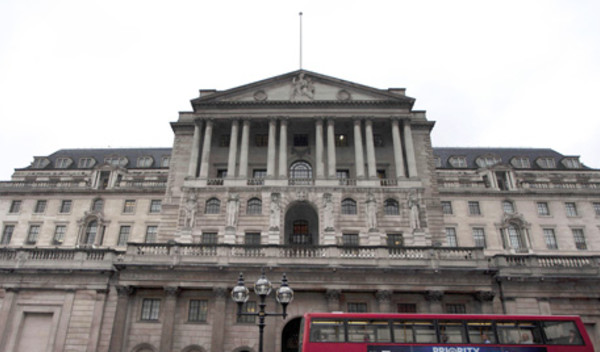

The number of loan approvals for house purchase was 64,766 in June, compared to the average of 69,998 over the previous six months, according to the Bank of England’s latest statistics.
The number of approvals for remortgaging was 43,102, compared to the average of 41,592 over the previous six months.
Total lending to individuals increased by £5.2bn in June, compared to the average of £5bn over the previous six months. The three-month annualised and 12-month growth rates were 3.1 and 4.1 per cent respectively.
Andrew McPhillips, chief economist at Yorkshire Building Society, suggested activity dipping slightly in June was a result of people moving house purchases forward to earlier in the year to beat the new stamp duty rate introduced in April, causing subsequent months to be quieter.
“Uncertainty ahead of the EU referendum may have also played a role in this slowdown, but it is likely to have had less of an influence compared to the effects of the increase in stamp duty for landlords,” he stated.
“We expect market activity to remain relatively subdued as people wait to see how the outcome of the referendum affects the wider economy, subject to any intervention that the MPC might impose next week.”
Jonathan Harris, director of mortgage broker Anderson Harris, said the market is merely slowing down for the summer, although perhaps slightly earlier than might normally be expected.
“September’s data will give a much better indication of how recent events have impacted the housing market - we would normally expect an increase in approvals for house purchase as people return from their summer holidays and start making decisions again but we will see,” he commented.
“It looks likely that the next move in interest rates will be downwards, perhaps as early as next week. Mortgage rates are already exceptionally low and this is won’t change anytime soon, which should help support activity in the market.”
Separately, the Centre for Economics and Business Research predicted that, despite post-Brexit tremors, house prices are set to increase by 5.7 per cent over 2016 as a whole.
However, given that the average price increased by 8 per cent year-on-year in the first quarter, a slowdown will materialise in the second half of the year.
As a result of the UK leaving the EU, Cebr has downgraded its short-term house price expectations – growth of 2.2 per cent over 2017 – but expected a smaller impact further down the line.
Nina Skero, Cebr’s senior economist and main author of the report, pointed out years of underbuilding mean that demand would have to fall very dramatically to meet the low level of supply increases.
“Keeping in mind that construction companies are very likely to limit their output further in light of Brexit, price pressures will also come from the supply side,” she added.
Stephen Smith, director of Legal & General Housing Partnerships, stated something needs to change.
“If we are to prevent the alarming prospect of our children and grandchildren struggling to achieve homeownership, we need to mobilise both the public and private sectors to construct in excess of 250,000 homes a year,” he said.
“It is now up to the new government and housing minister to fulfil the empty promises we have heard over past administrations and deliver a truly revolutionary housing policy.”
peter.walker@ft.com



